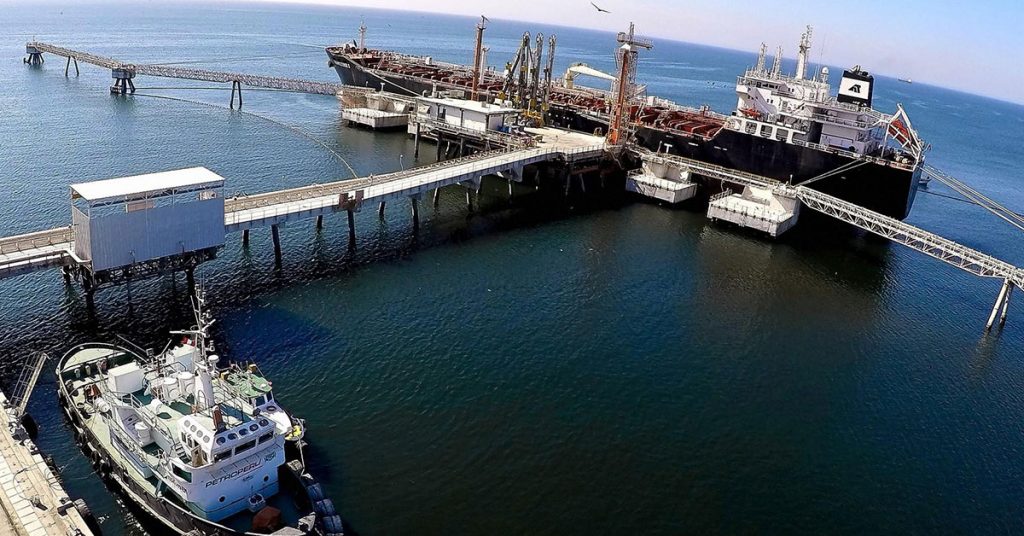To understand the magnitude of the work, it is pertinent to remember that, after the Alaska pipeline, the ONP was classified as the most complex engineering work of its kind in the world. With its 854 kilometers in length in its main section, it begins in San José de Saramuro, moving parallel to the Marañón River, which it crosses twice. On its way, it passes through dense, wooded and swampy areas, crosses the high jungle, ascends through the Andes at 2,390 meters above sea level, and then descends, crosses the Sechura desert, and finally reaches the Bayóvar Terminal.
Most of the ONP is installed underground, and is protected by a special coating and a cathodic protection system to prevent damage. It has six pumping stations.
In Bayóvar, ships of up to 250,000 deadweight tons can be docked. Four hydraulic arms allow a flow of oil cargo to tankers of up to 100,000 barrels per hour and the vessels can be serviced 24 hours a day.
The 14 tanks installed have a storage capacity of 1’800,000 barrels of crude. On June 7, 1977, the tanker Trompeteros made the first shipment of crude to the La Pampilla Refinery, in Lima.
Its start-up generated a value of approximately 700’000,000 barrels of oil discovered by the Company and its contractor, the Occidental Petroleum Company, in the northern forest, from 1971 to 1977. Without the ONP, the reserves would not have had a significant economic value. Production exceeded 100,000 barrels per day between 1979 and 1981.
